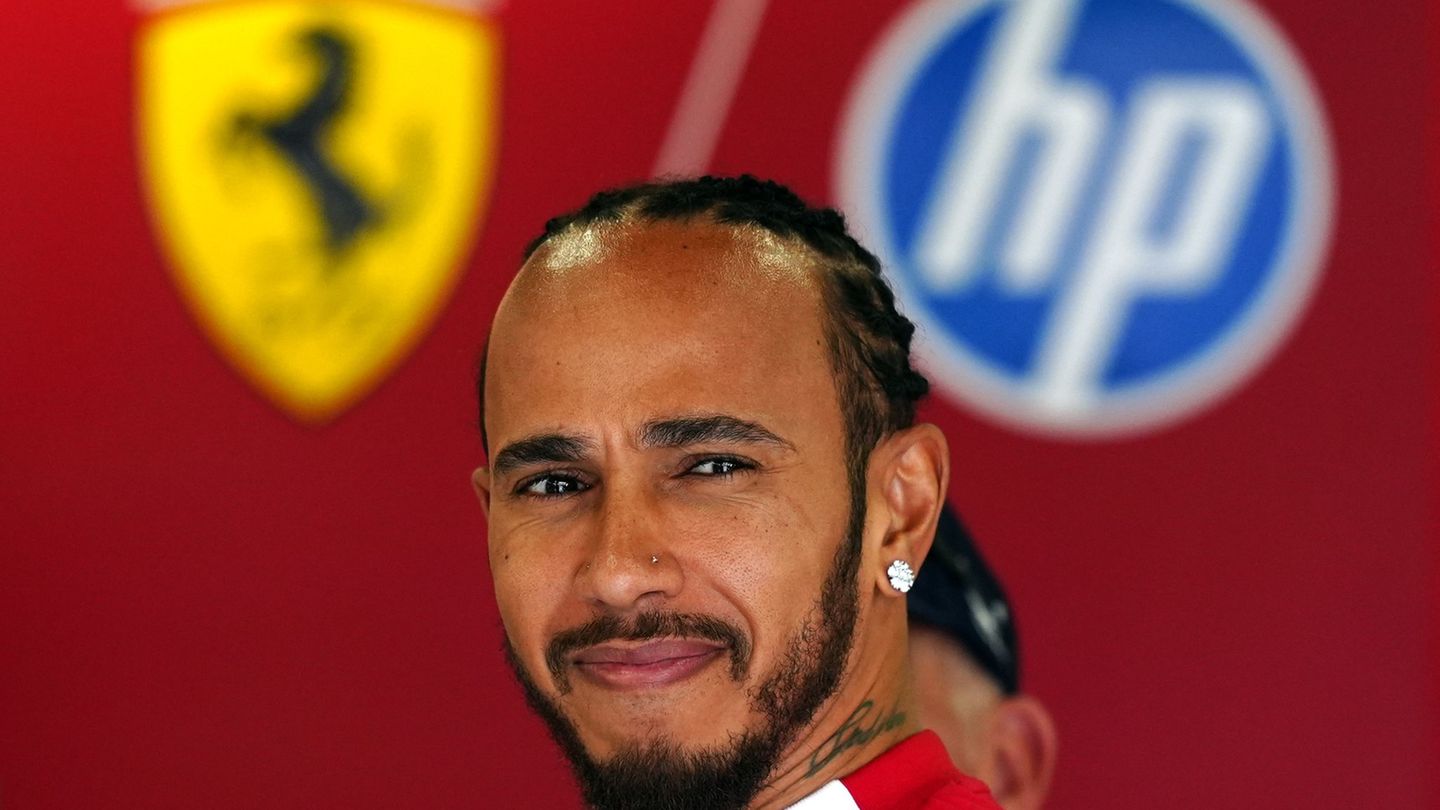Young fitness influencers may dominate the picture on social networks – but the sports industry also has an eye on older generations. Pensioners dream of eternal life, studios dream of new income.
The actor Ralf Moeller can still remember well what was once prophesied to him – decay. “For me, people always said: Wait a minute, by the time I’m 55 my biceps will hang down to the back of my knee,” says Moeller, one of the striking faces at the Fibo fitness trade fair in Cologne.
“And what happened?” asks the former bodybuilder. The answer can be seen on his upper arms. “The biceps were still there at 55 and also at 65,” says Moeller, who occasionally does advertising appointments for exhibitors at the trade fair, this year as a “fitness icon”. “I train a 30-year-old to the core in terms of endurance and number of repetitions.”
The trained swimming master from Recklinghausen, who achieved screen fame as a Germanic swordsman in the Hollywood film “Gladiator” (2000), is not the only one in his age group who appears so self-confident. Moeller was born in 1959, making him one of the baby boomers – i.e. the baby boomers born between 1955 and 1970 who will be retiring in the coming years.
Many people don’t plan on ending life in a comfortable wing chair. You want to experience something more. You don’t need gladiator biceps for this – but you should be fit. This opens up many opportunities for the fitness industry, which meets at Fibo from Thursday to Sunday.
A million seniors go to the gym
According to figures from the Employers’ Association of German Fitness and Health Facilities (DSSV), 11.3 million people were members of a fitness studio in Germany at the end of last year, of which almost one million (8.7 percent) were 60 years old or older. The rate was already higher (in 2019 it was 12.3 percent), but the association attributes the dip to the corona pandemic. “As an increased risk group, many “best agers” were frightened and found it more difficult than other age groups to find their way back to the fitness and health facilities,” says Alexander Wulf from the DSSV. However, the uncertainty appears to have increasingly been overcome. There are signs of an increase in demand.
“We expect there to be high demand in this age group in the next few years. Given the number of this age group in Germany and even more so due to demographic change, the potential is enormous,” explains the association representative. The older target group is attractive to studios for several reasons.
“On the one hand, older people often have a stable financial situation and are more willing to invest in their health and fitness. On the other hand, they are motivated to stay fit in order to improve their quality of life and reduce the risk of age-related diseases,” says Wulf. And, not entirely unimportant: As a pensioner, you can organize your day differently – and bring the studios customers during hours when they are normally not so busy. Many studios already have special courses tailored to older audiences. Topics include mobility, balance, flexibility, strength. Here too, the DSSV assumes further growth.
Studios expect more older people in the future
At the FitX studio chain, the number of over-60 members has increased by almost half in the past seven years, as a company spokeswoman says. Although their share of the total membership is still in the single-digit percentage range, the example shows that the older semesters are becoming economically more important for fitness companies. “We assume that more people over 60 will train in fitness studios in the future,” says company spokeswoman Johanna Pistor. Competitors also have a higher proportion of seniors than before, but the increase is sometimes only moderate: at Fitness First, 9.9 percent of members were over 60 in 2019, but now it is 10.5 percent.
The perception of fitness sports is changing, also due to the pandemic, says FitX spokeswoman Pistor. Before Corona, member surveys showed that building muscle and losing weight were the main motivations. Now it’s more about doing something for your health and feeling better after exercise. The focus on sport as a preventive measure and as an opportunity to actively do something for your health has increased. With regard to older customers, Pistor adds: “Average life expectancy continues to increase and sport can be an important lever for staying fit and independent for as long as possible, even in old age.”
Source: Stern




